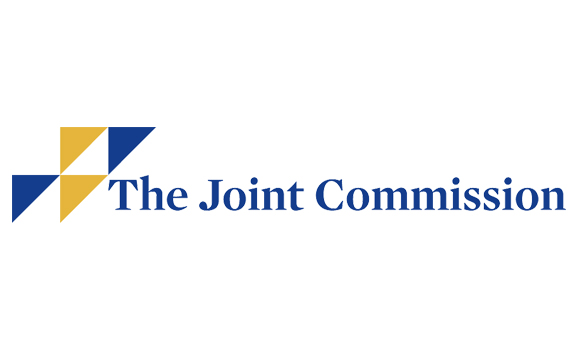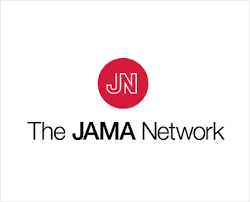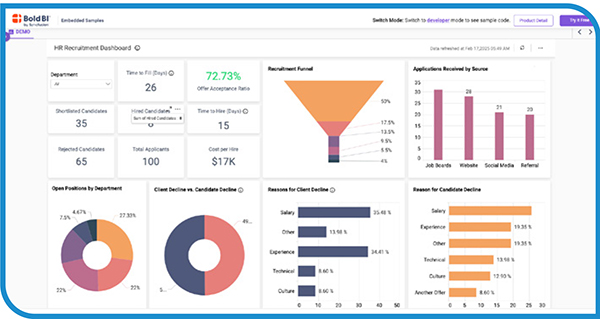The Joint Commission, National Quality Forum accept patient safety, equity award applications

Editor's Note Applicants for the 2025 John M. Eisenberg Patient Safety and Quality Awards and the 2025 Bernard J. Tyson National Award for Excellence in Pursuit of Healthcare Equity have until March 31 to submit, according to a recent announcement from The Joint Commission. There is no cost to apply.…
Medical gaslighting tops ECRI’s 2025 patient safety threat list

Editor's Note Misdiagnosis, delayed treatment, and a breakdown of trust in healthcare can all result from time and resource constraints preventing proper engagement with patients—a concern that tops ECRI’s list of the most significant patient safety risks for 2025. As detailed in the global healthcare safety nonprofit’s March 10 announcement,…
Study: Predictive model improves nosocomial infection risk assessment after colon cancer surgery

Editor's Note A newly developed predictive model offers healthcare professionals a dynamic tool to assess the risk of nosocomial infections (NIs) in patients following colon cancer surgery, potentially improving early intervention strategies. Published February 27 in Frontiers in Oncology, the study introduces a nomogram—a statistical model that visualizes key risk…
New colonoscopy guidelines increase bowel prep quality expectations

Editor's Note New consensus recommendations from the US Multi-Society Task Force on Colorectal Cancer (MSTFCRC) set a 90% adequacy benchmark for bowel preparation in colonoscopy, reinforcing the role of preparation in ensuring accurate screenings and reducing the risk of missed lesions. As detailed in a March 4 joint press release…
New legal standard redefines medical negligence

Editor's Note A revised legal standard for assessing medical negligence in the US shifts away from customary medical practice and toward a more patient-centered definition of reasonable care, according to a February 26 letter published in Jama Network. Following a 2024 update from the American Law Institute, the new framework…
Study: Machine learning improves OR efficiency, but challenges remain

Editor's Note Machine learning (ML) is enhancing OR efficiency by optimizing scheduling, predicting surgical durations, and reducing delays, according to a systematic review published February 21 in Cureus. However, privacy concerns, data access limitations, and the need for further validation remain barriers to widespread implementation. The review analyzed 21 studies…
Study: Weekend effect raises risk of surgical patient mortality, complications

Editor's Note A March 4 study in JAMA Network Open underscores the persistence of the “weekend effect,” a surgical care phenomenon in which the risk of postoperative complications, readmissions and mortality rises immediately before the weekend. The research suggests variations in staffing, resource availability, and care coordination may contribute to…
Human resources dashboards reshape workforce planning

Takeaways • HR dashboards facilitate tracking key performance indicators related to recruitment, retention, and staffing needs. • HR dashboard data facilitate planning for current operations as well as new endeavors. • Elements of a successful HR dashboard include capability to determine users’ needs, to filter data in multiple ways, and…
Fresh tools, talking points drive sharps safety culture shift

Takeaways • The prevalence of needlesticks and other sharp object injuries to OR team members is 42.8%, an increase of 16% over the past decade. • New research and perspectives are shaping the discourse around sharps safety, such as new and expanded evidence-based practices presented in AORN’s 2025 update to…
Capital funding crunch spurs creative hospital financing

Health systems are fundamentally capital intensive. They are regulated; depend on highly educated, high-cost employees; and operate under complex reimbursement structures. Investing in new technologies and infrastructure upgrades is imperative to keeping up with the latest medical advances. But what happens when capital funds are insufficient or no longer available?…

 Free Daily News
Free Daily News